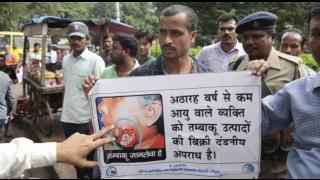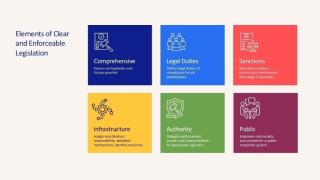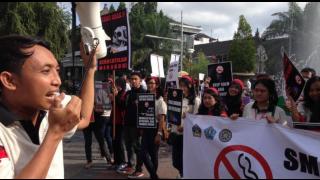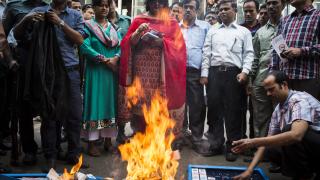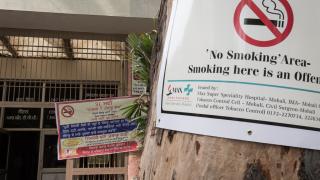
GOAL: There is capacity and commitment to successfully implement the law and enforce it efficiently, leading to strong compliance.
Compliance with tobacco control laws requires a range of stakeholders to have the capacity and commitment to implement and enforce them effectively. Building support for the law, and ensuring all parties understand their responsibilities under it, paves the way for acceptance of the law and sustainable, long-term compliance.
Guidance
Key elements of stakeholder mobilization include:
Use the navigation below to explore this page and find guidance and top tips on engaging stakeholders and capacity building.
- Engage, sensitize and mobilize key stakeholders
- Capacity building and training
- A role for civil society
Engage, sensitize and mobilize key stakeholders
It is critical to identify, understand and engage with all relevant groups.
Exactly who these stakeholders are will vary by location and by law; implementing smoke-free laws versus tobacco product content laws, for example, will require engagement with different sets of stakeholders.
Key stakeholders should be included in enforcement planning, monitoring and evaluation. Stakeholders can also identify gaps in powers, guidelines and resources.

Sensitizing and training key stakeholders can improve enforcement of tobacco control laws. Different tobacco control laws will require different approaches but typically will include training for:
- Enforcers and inspectors from responsible agencies
- Political leaders
- Civil society groups/partners
- Sector-specific groups, including business and trade associations, transportation companies, sports facilities, health and education facilities
- Media
The role of civil society
Civil society can play a critical role in enforcing tobacco control laws.
The Global Smoke-free Partnership identified these roles for civil society under smoke-free law implementation:
- Monitoring compliance with the law – either formally as part of an established government Task Force, or informally filing complaints
- If permitted under the legislation, civil society can take action against violations, such as removal of tobacco advertising from points-of-sale, or legal action against employers not complying with smoke-free workplaces
- Raising awareness of the harms of tobacco and the benefits of the law in their communities
- Encouraging businesses to comply and providing guidance
- Promoting cessation and signposting to local services
- Holding political leaders to account and advocating for stronger enforcement in their communities
- Monitoring tobacco industry interference
featured resources
ENFORCING Strong SMOKE-FREE Laws: The Advocate’s Guide to Enforcement Strategies
This guide examines specific barriers to the enforcement of smoke-free laws and regulations and offers proven advocacy strategies for overcoming these barriers.
Stakeholder Mapping Tool
This online tool was developed by WHO to support stakeholder mapping in Family Planning but can be adapted for use in tobacco control.
Smoke-free Air: Law Enforcement Lessons from the Field
This toolkit from the Global Smoke-free Partnership draws on the experience of jurisdictions that have successfully implemented strong smoke-free laws, and captures some of the important lessons common to these efforts.
Implementation Areas
Legislation
Effective tobacco control laws are passed by a legislative body to protect the public from the harms of tobacco use.
Regulations
Issued by an executive authority or government regulatory agency, a regulation (or rule, order, ordinance or guideline) explains how to implement a specific law and its related penalties and sanctions.
Countering Industry Interference
Extreme vigilance is the only way to counter the tobacco industry’s attempts to interfere with and muddy public health policies.
Coordination and Planning
Multiple government agencies are frequently tasked with tobacco control law implementation and enforcement. Effective coordination and communication between them is key.
Public communications
Public education campaigns enumerating the benefits of tobacco control legislation help build consensus and facilitate smooth implementation.
Enforcement Actions
Multiple agency coordination, stakeholder engagement with stakeholders, and strategy and planning activities are all critical components of enforcement.
Monitoring and Evaluation
A plan to assess progress and evaluate impact must precede implementation.
Compliance
Tobacco control law compliance increases the percentage of the population that is protected from tobacco harms.

